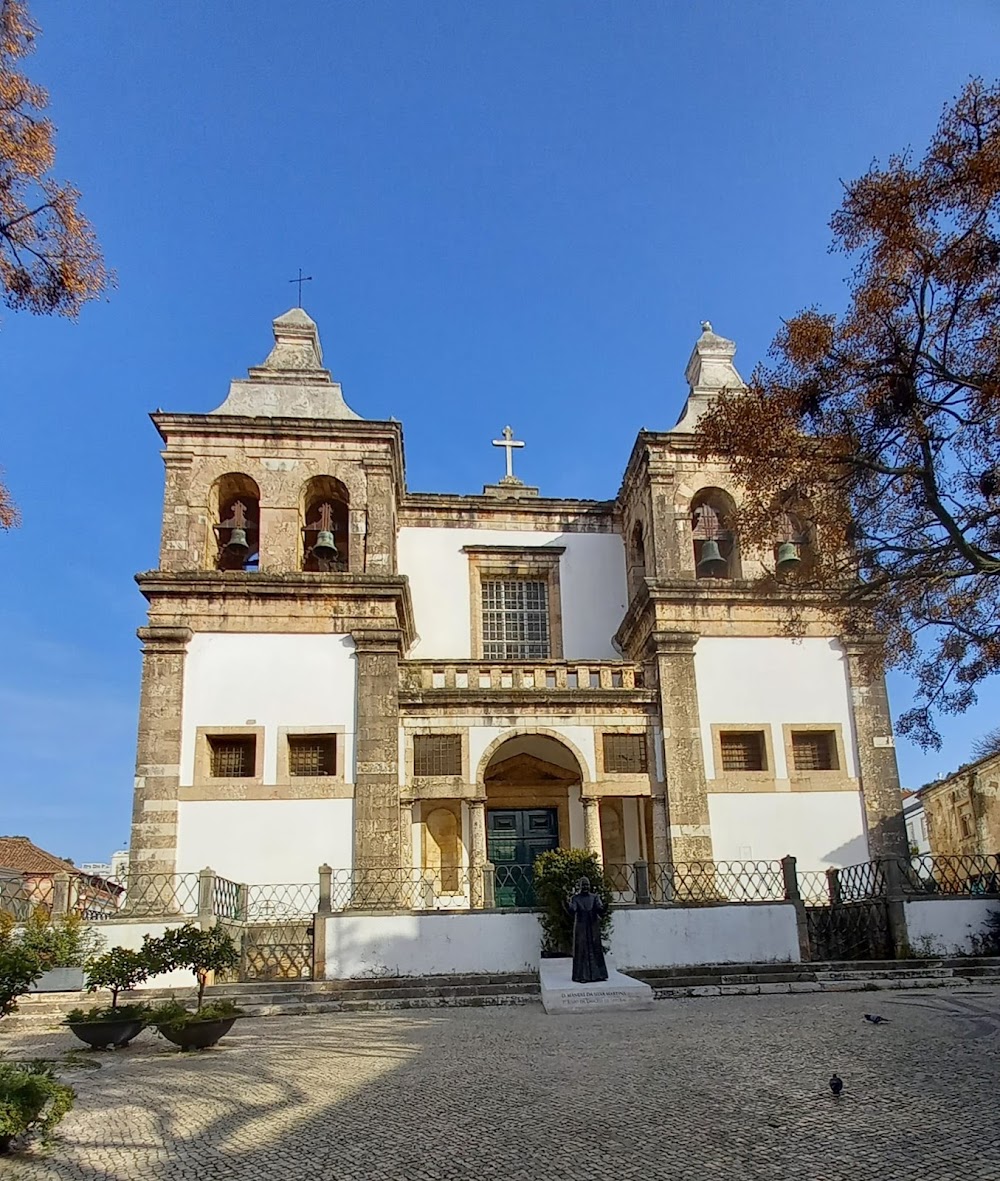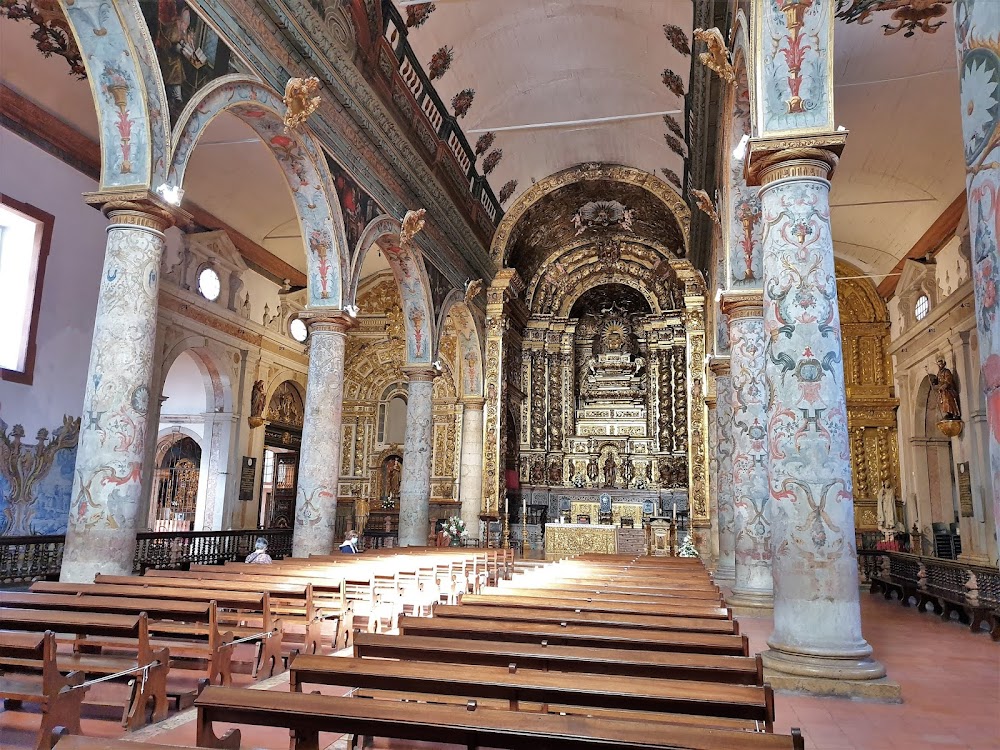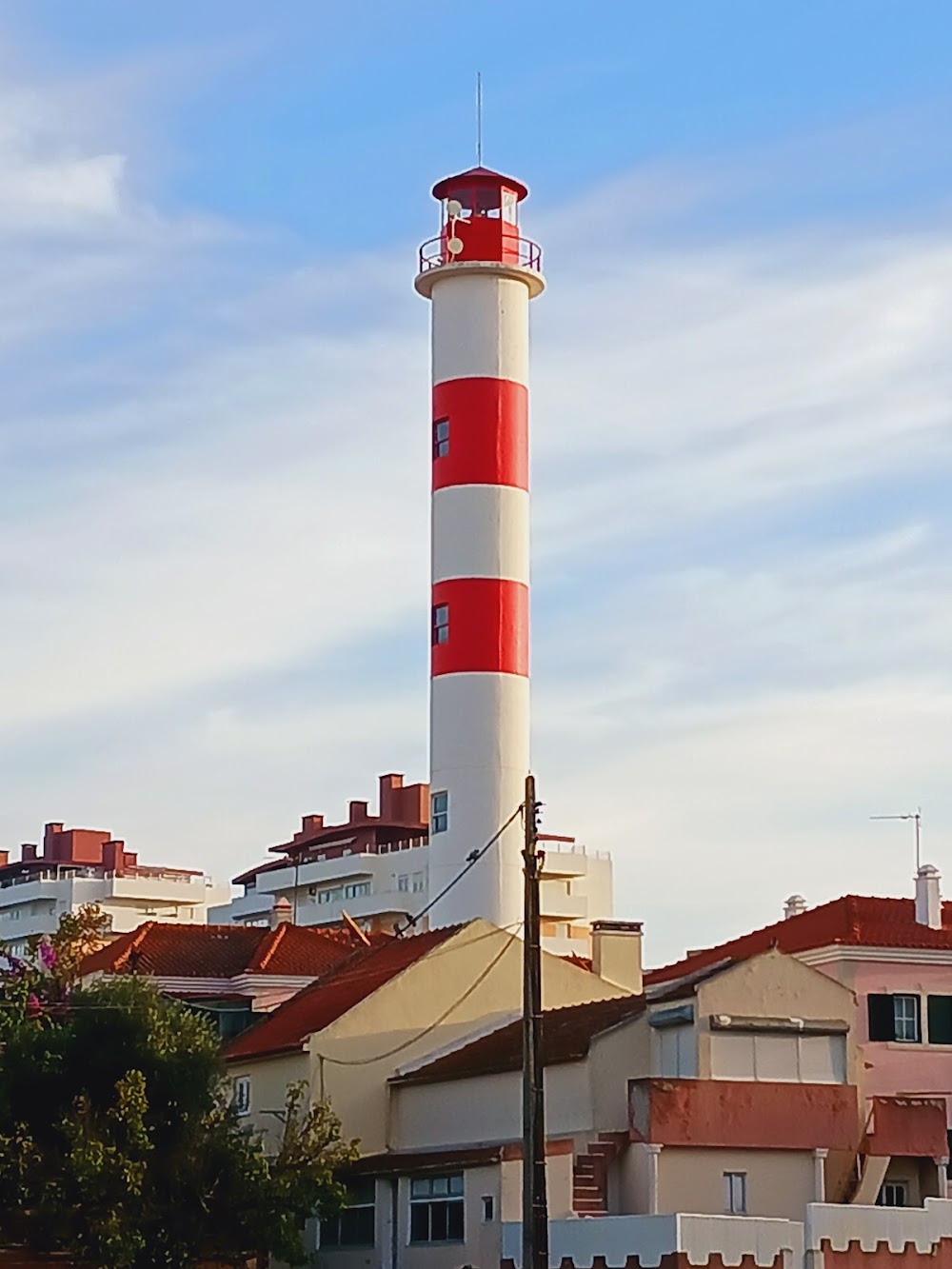Setúbal Cathedral (Sé de Setúbal)
Overview
Our Lady of Grace Cathedral, often referred to as Setúbal Cathedral, is a magnificent landmark that enchants visitors to the city of Setúbal in Portugal. With its rich history and stunning architecture, this cathedral is a true reflection of the region's deep-rooted traditions and cultural heritage.
A Glimpse into History
Construction of the cathedral began in 1564, spearheaded by the talented architect João da Silva. This period coincided with the flourishing Renaissance style in Europe, which is beautifully evident in the cathedral's design. Local artisans and craftsmen dedicated years to meticulously crafting this grand structure, which was finally completed and consecrated in the early 17th century. It gained the status of a cathedral in 1975, coinciding with Setúbal's elevation to diocesan status.
Architectural Marvel
The exterior of Our Lady of Grace Cathedral is characterized by its solid, imposing presence. Made from stone and adorned with classic Renaissance elements, the intricate façade features statues and detailed carvings that narrate biblical stories and honor various saints. This striking exterior invites visitors to explore further.
A Serene Interior
Upon entering, guests are welcomed by a spacious and tranquil interior that follows the traditional basilica layout. The central nave, flanked by two aisles, is enhanced by high vaulted ceilings and elegant arches, creating an atmosphere of reverence and awe that draws the eyes upward.
Inside, the cathedral houses several chapels, each showcasing exquisite altarpieces and paintings crafted by some of the most celebrated Portuguese artists of the time. One highlight is the Chapel of the Blessed Sacrament, featuring stunning gilded woodwork and a magnificent altarpiece that captivates all who visit.
Restorations and Architectural Evolution
Over the centuries, restorations have been essential to preserving the integrity and beauty of Setúbal Cathedral. A significant restoration in the 18th century introduced Baroque elements that beautifully complement the original Renaissance design. This fusion of styles contributes to the cathedral's unique character and showcases the evolution of architectural trends over time.
A Community Hub
Beyond its function as a place of worship, the cathedral has been a vital part of the community's life. It has hosted countless celebrations, religious ceremonies, and gatherings, serving as a spiritual and cultural hub for the people of Setúbal. The iconic bell tower houses the cathedral's bells, which have marked significant moments in the lives of townspeople for centuries.
A Treasured Landmark
Today, Our Lady of Grace Cathedral remains a cherished landmark, attracting tourists and pilgrims alike who come to admire its historical grandeur and enjoy its peaceful ambiance. It continues to serve as an active place of worship, hosting regular Masses and events that unite the local community with visitors from around the world.
In essence, Our Lady of Grace Cathedral stands as a testament to the architectural brilliance of its builders and a symbol of faith, history, and communal identity. Its enduring presence in Setúbal serves as a reminder of the rich tapestry of Portuguese culture and the deep-seated spiritual heritage that inspires and captivates all who enter its hallowed walls.






